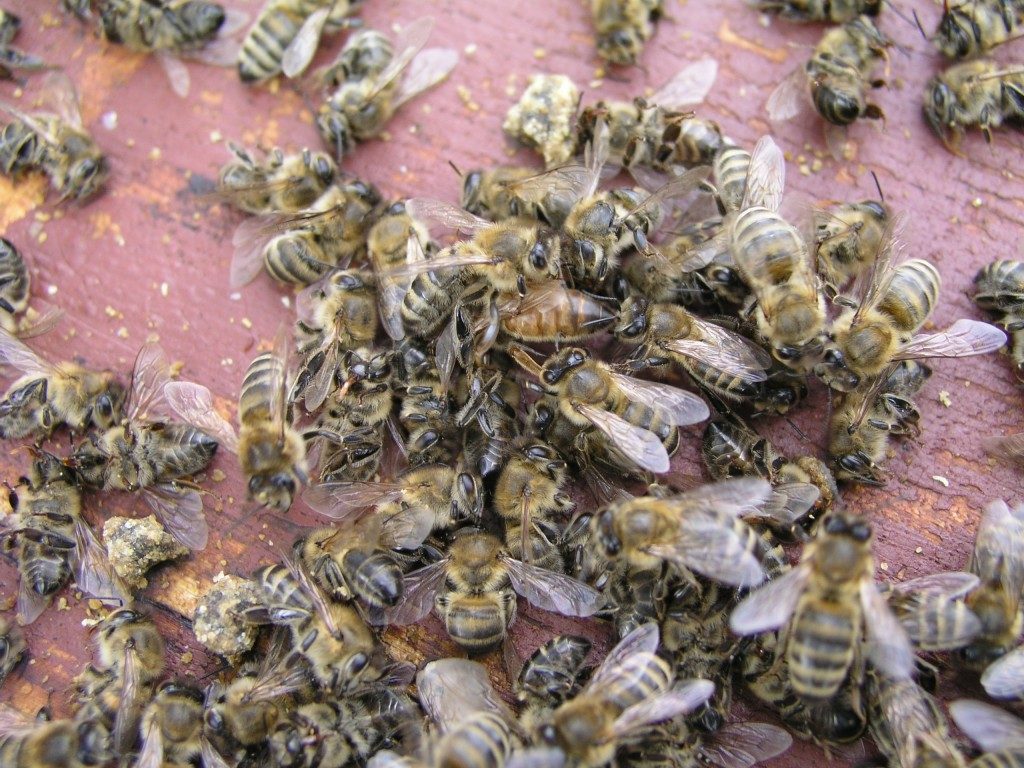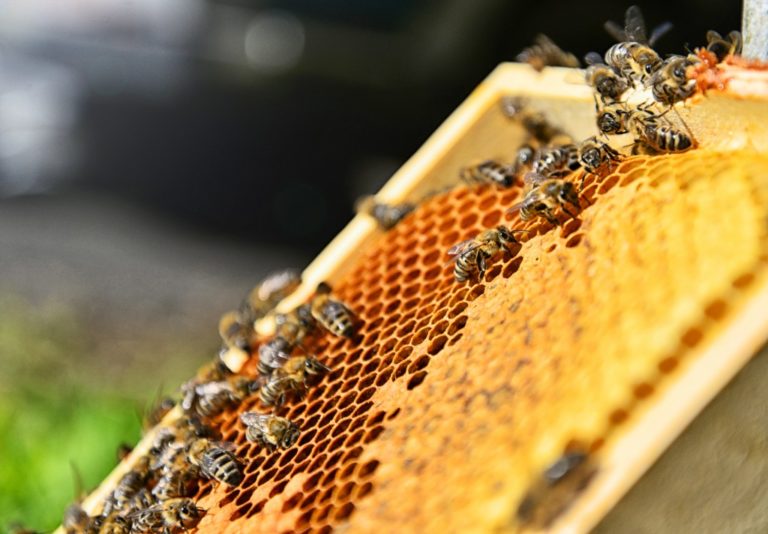Millions of bees are now dying, and this can have a significant impact on our environment as well as our food supplies. But how exactly do bees help with our environment?
At least one-third of the food that we eat every day comes from plant crops. These plants rely mainly on pollination to spread and grow. And that is where the bees come into the picture.
Several fruits and vegetables need pollination to bear fruits. Examples of these include asparagus, celery, squash, and cucumber. Meanwhile, crops like almonds and blueberries primarily rely on honeybees to pollinate the flowers.
Aside from these crops, these lovely insects also help pollinate alfalfa and clover, which are a few of the main foods of cattle. Imagine losing all of these products as a consequence of the death of the bee population.
Moreover, honeybees also pollinate flax and cotton. Other non-food products that honeybees produce include beeswax, which is a common ingredient in most beauty products.
Why bees are dying
An average of 30% of honeybees dies every winter, which is a considerable loss. People rely on bees to pollinate up to 100 crops to provide everyone with over 90% of foods.
There are several reasons bees are dying at an alarming rate. Two of these are global warming and habitat loss. Neonicotinoids, a class of bee-killing insecticides, are also a culprit to the drop of their population. When people treat their seeds with neonicotinoids or otherwise known as neonics, the pollinators that consume the pollen are killed, as well as the bees.
The rise of bees in New York City

Meanwhile, more and more New Yorkers are now getting beekeeping starter kits to help the bee population thrive. Hundreds of beekeepers have popped since 2010, just when the city legalised urban beekeeping.
A lot of people were inspired by the growing concerns of environmentalists over the global decline of honeybees. However, their enthusiasm may be doing more harm than good.
There is a scarcity of wildflower in the city to produce honey. So, it creates a competition between the native bees and the honeybees. The sudden influx of honeybees in the city can push the population of native bees even lower than what it used to be.
That is why it is crucial for urban beekeepers to get themselves educated about the preservation of all kinds of species. There are not any definitive studies that can show the effects of outside honeybees on native species. But it is important to educate the public about it, as well as increasing the number of flowering plants around the metro.
Beekeeping is a rewarding hobby for everyone. So, if you are planning to keep a hive in your home, it is best to educate yourself about it. Managing a beehive is not an easy task. Ease your way through by reading and seeking some advice from experts. Although it will be hard at first, you will undoubtedly see the fruits of your labour in the long run.




